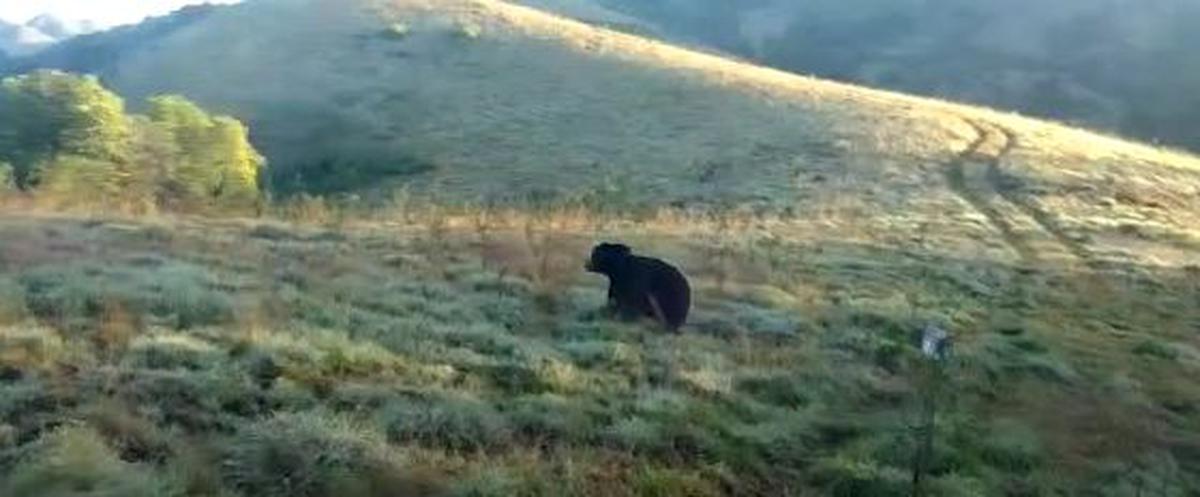
Sloth bear captured in the Nilgiris, released into national park
The Hindu
The bear had entered Manjoor town and was posing a threat to residents; it was captured on Wednesday morning with a cage and then released
A sloth bear that had been entering Manjoor town was captured and released inside the Mukurthi National Park early on Wednesday morning.
Officials from the Nilgiris Forest Division said that a cage had been placed to capture the bear in Manjoor Bazaar, and that the animal had entered the cage and was trapped early on Wednesday morning. The cage had been placed after complaints from local residents that the bear was entering human habitations and posing a threat to residents. Following its capture, the bear was released inside the Mukurthi National Park.
More Related News













